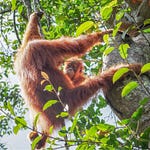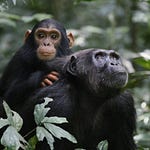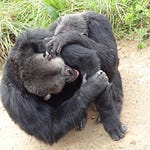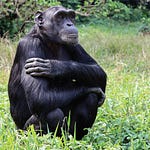For most animals, the purpose of life is simple and brutal: survive long enough to reproduce. Once that biological goal is fulfilled, nature rarely offers extra time. Yet among the mist-shrouded ridges of Uganda’s Bwindi Impenetrable National Park, a quiet rebellion against that rule has been unfolding for decades. Here, a small population of mountain gorillas has been challenging what it means to grow old in a species where fertility is not the final act.
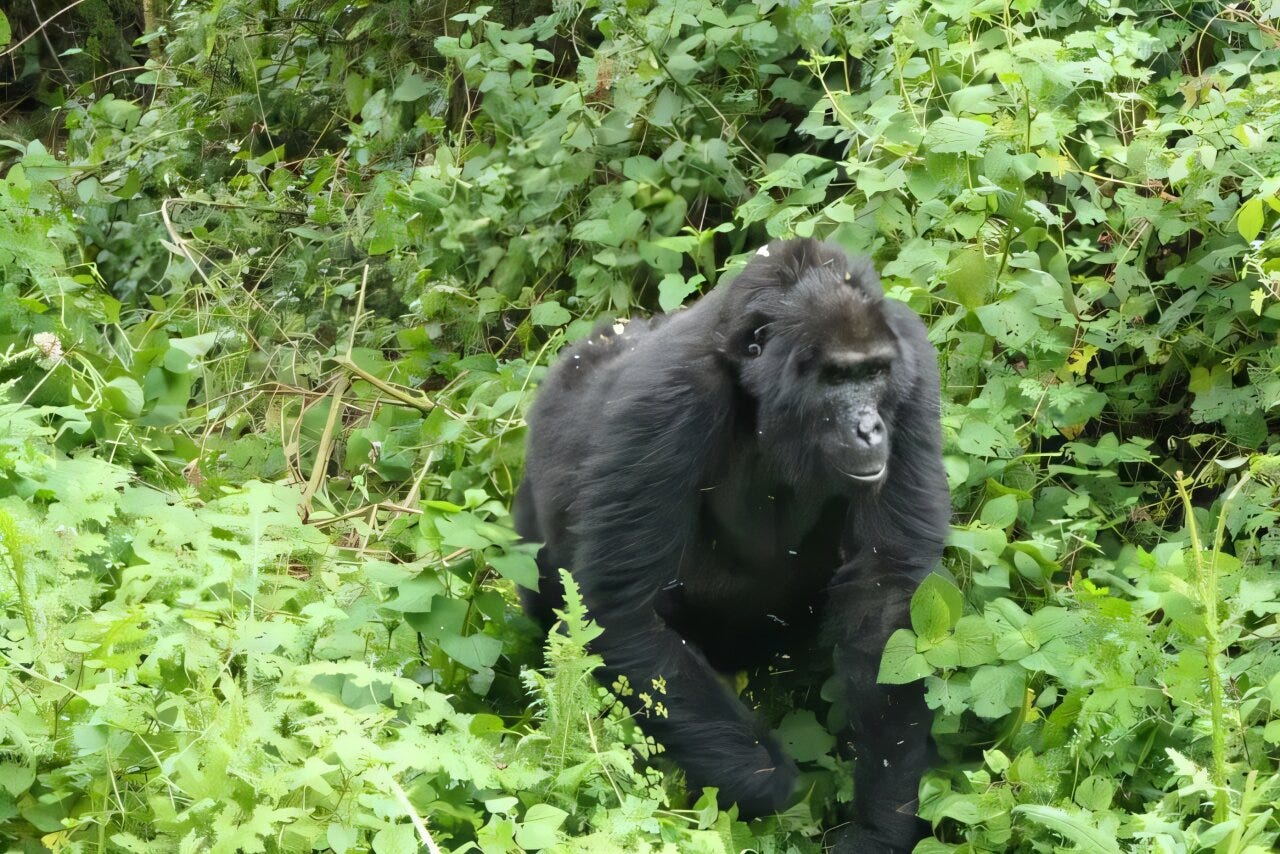
A new study published in Proceedings of the National Academy of Sciences1 by Nikos Smit and Martha Robbins of the Max Planck Institute for Evolutionary Anthropology reveals that female mountain gorillas often live more than ten years beyond their last birth, spending up to a quarter of their adult lives in a post-reproductive phase. For a species that rarely survives beyond 50 in the wild, that represents an astonishing stretch of vitality after reproduction has ceased.
What’s most remarkable, though, is not simply that these females live so long—but how they live. Their continued presence alters the delicate social ecology of the group, affecting everything from infant survival to conflict resolution. It is a story not of menopause as an end, but as an ecological pivot.
Listen to this episode with a 7-day free trial
Subscribe to Primatology.net to listen to this post and get 7 days of free access to the full post archives.


